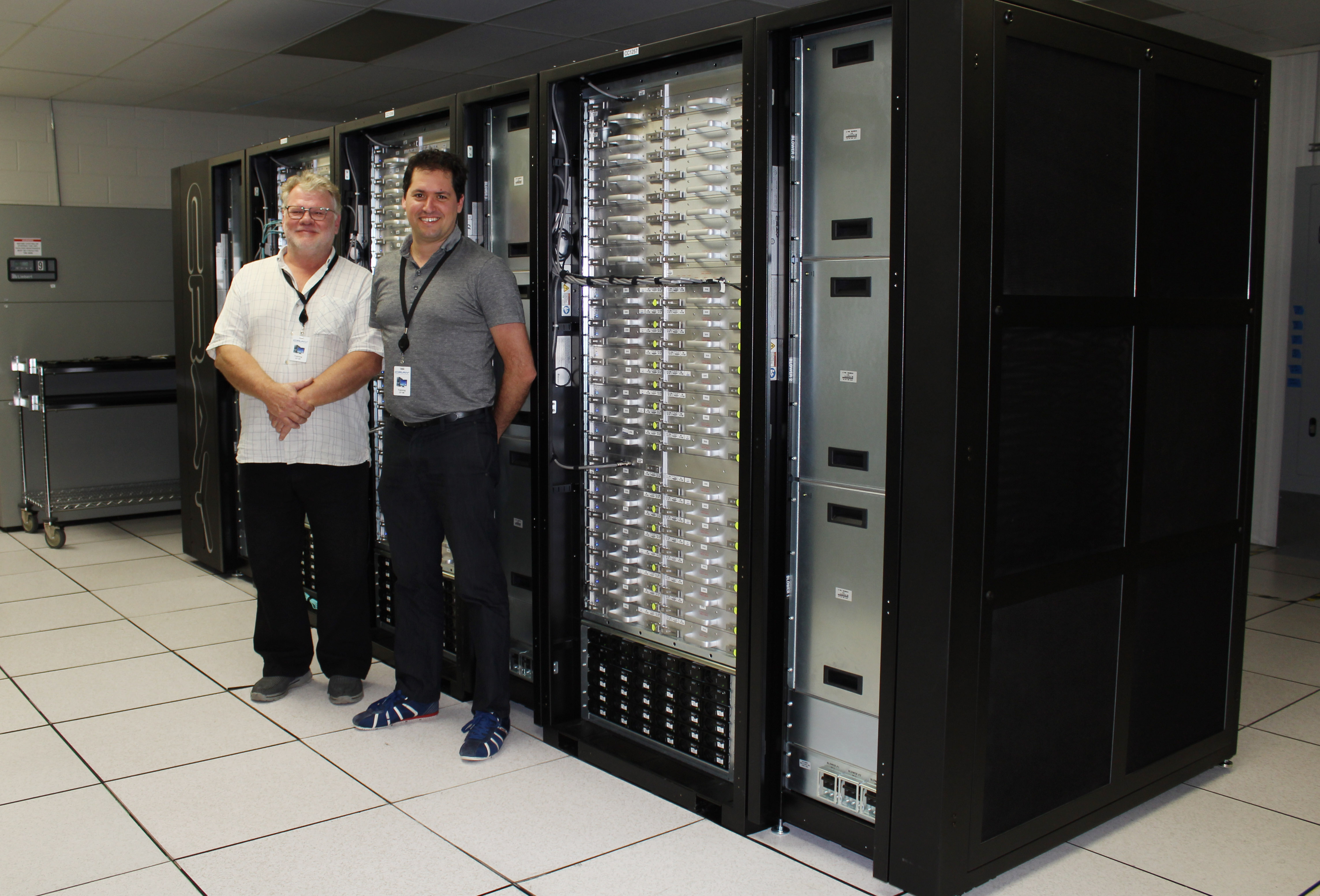NeSI’s new infrastructure platform - features, tech specs, and how they will benefit your research
Since signing the contract with Cray, our combined teams have been refining the design of the new High Performance Computing (HPC) systems, and the services they will provide. We are now pleased to share the features and technical specifications of these systems and how these could benefit researchers.

What does this mean for researchers?
These new systems have been designed to meet the diverse needs of the New Zealand research community. NeSI’s new HPCs will bring many immediate benefits to researchers, as they will allow more jobs to be run, faster, and more effectively. In terms of impact, these systems open up new frontiers for research users, enabling them to increase the scale and complexity of the scientific questions that can be addressed.
NeSI is consolidating the national HPC research infrastructure at one central location while also investing in a resilient data management system. The HPCs and primary storage will be in NIWA’s High Performance Computing Facility at Greta Point in Wellington, with a secondary copy of all critical data held at the University of Auckland’s Tamaki Data Centre.
So what are the features and specs of the new platform?
The new systems, provide a step change in power to NeSI’s existing services, including a Cray XC50 Supercomputer and a Cray CS400 cluster High Performance Computer, both sharing the same high performance and offline storage systems .
The features we’ll launch include:
- Single point of access to both the XC50 supercomputer and CS400 cluster HPC.
- Faster processors so current work is done faster.
- More processors so that more work gets done.
- GPGPU nodes to support science codes and visualisation
- A huge memory node to support memory hungry applications
- Interconnect performance that on the XC50 will allow jobs to scale to 1000s of processors, and on the CS400 to run very large numbers of small jobs
- A user environment that will make it easier to manage work, develop and run research workloads/jobs, and apply data analytics tools.
- Increased storage capacity and hierarchical storage management to minimise the need to move data between the HPC storage and a user’s home institution, and underpin the new interactive data analysis services.
- Vastly increased file system performance reducing the time spent reading and writing data to the filesystems.
- More advanced feature sets which provide more opportunities to develop faster codes
Our focus is on putting the new systems in place and ensuring that it is performing as expected and will meet researcher needs. Once this is done, we’ll be looking to the future. Beyond these core components, the new systems will deliver new capabilities in data analytics and artificial intelligence (AI), virtual laboratory services – to provide interactive access to data on the HPC filesystems, remote visualisation, and support for high performance end-to-end data transfers between institutions and NeSI. These features will be rolled out over time, alongside training to ensure ease of use.
To develop our services to offer these features we intend to work closely with research groups. If your group has important research projects and priority programmes where working with us can help, please contact us via support@nesi.org.nz.





